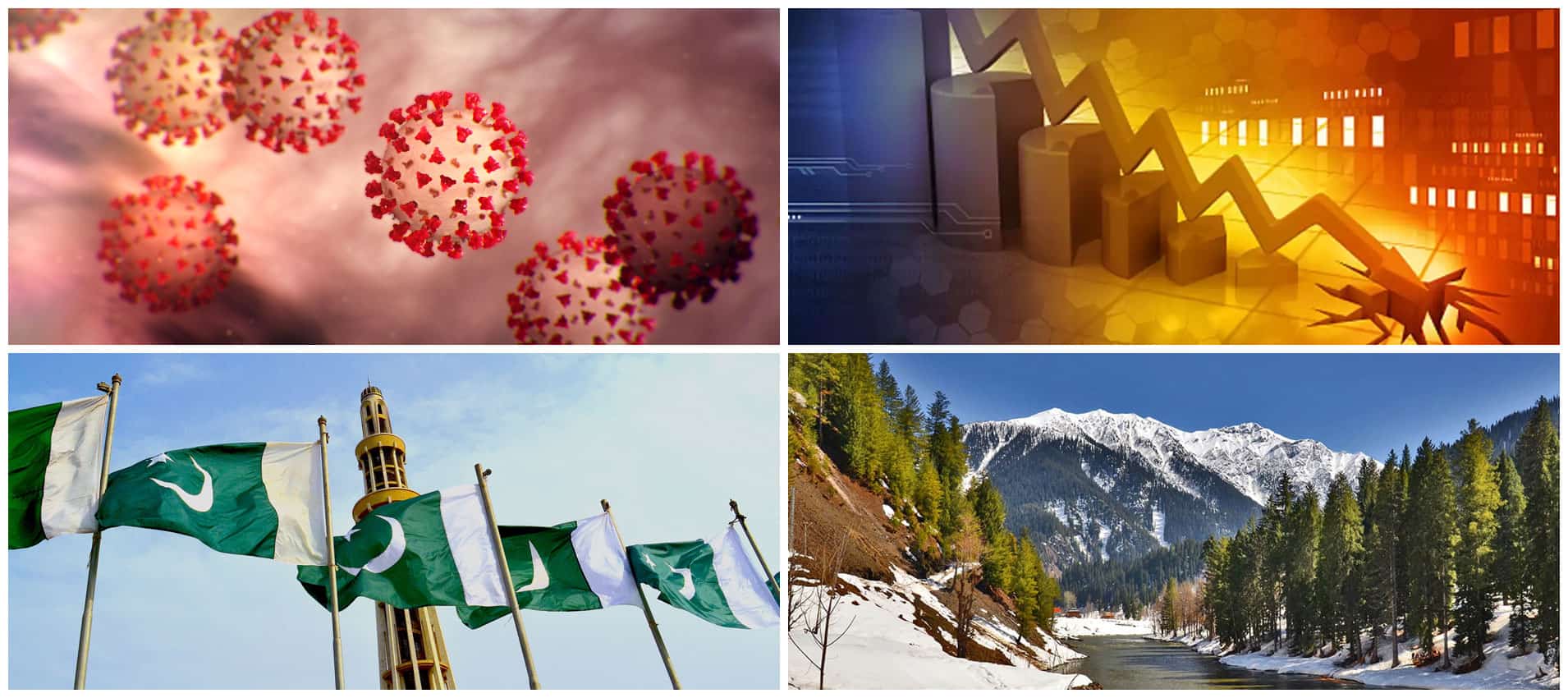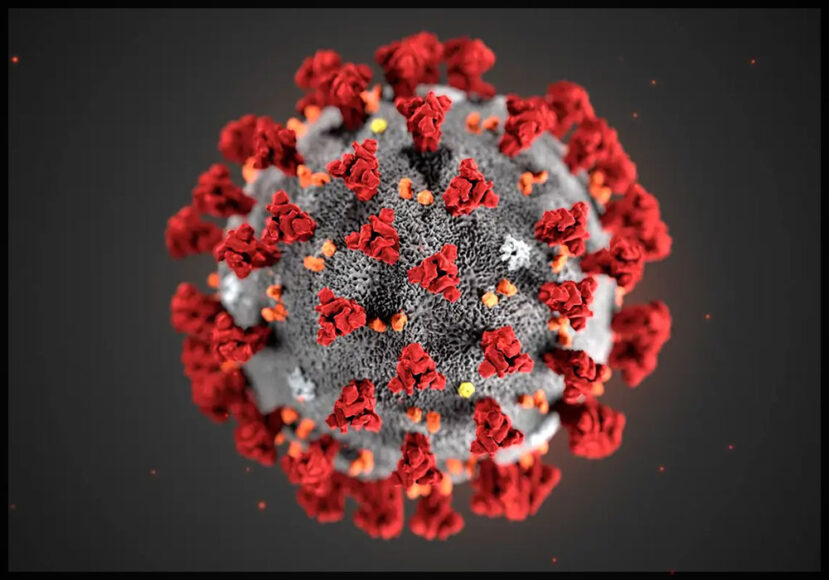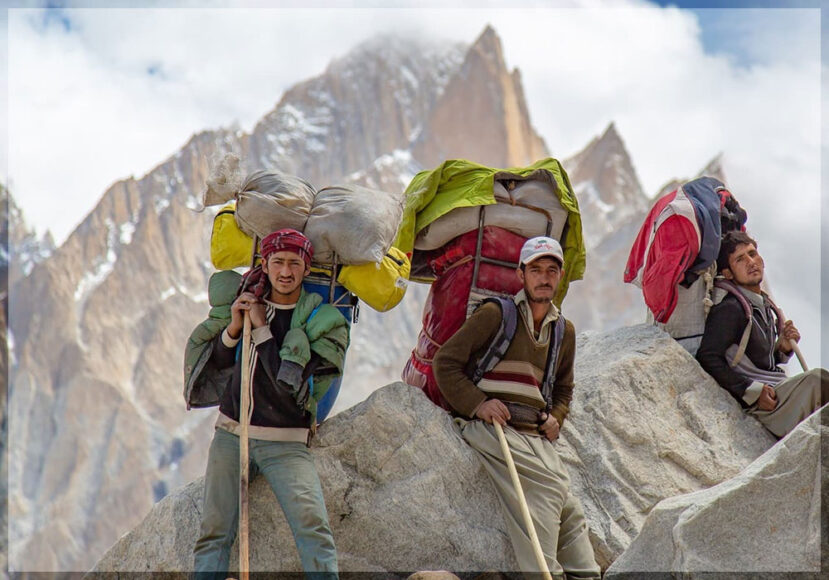How Does The Revived COVID-19 Hit Pakistan’s Domestic Tourism Industry?
As COVID-19 Hit Pakistan’s Domestic Tourism Industry its time to regenerate the policies. Pakistan has many potential tourist destinations that may change Pakistan’s economy. In the northern part of Punjab, Sindh and Baluchi beaches and religious sites provide great opportunities for tourism. However, it turns out that the recent shutdown is the main obstacle to the development of the industry. Here are some key suggestions for resuming domestic tourism activities.
Also, “Tourism is our backbone and we are very excited about the coming season. During Eid-ul-Fitr (Muslim holiday after a month of Muslim fasting), more tourists are expected to stay longer this year, Eid Starting from Eid-ul-Fitr. A representative of a local trade association asked. February 2020 in the Kagan Valley in northwestern Pakistan.
Tourism in Past Year
Like many others related to the tourism economy, he hopes that Pakistan will become the top resort in Conde Nast among various measures taken by the government to improve the tourism experience. Traveller 2020 in December 2019.
The international royal family visited Prince William and Kate Middleton and the most respected monk Ali Wangso received an international media report on the inauguration of Pakistan in October 2019. These activities recognize Pakistan’s heritage and include 6,000 Buddhist teachers (stupa, monasteries, temples and antiques) in Khyber Pakhtunkhwa Province (KP).
In November last year, the Kartarpur Pass in Punjab welcomed about 15,000 Sikh pilgrims who worshipped Nankana Sahib. The birthplace of Baba Guru Nanak (founder of the religion) 550th birthday. In addition to well-known international bloggers and registrars (Eva zu Beck, Cynthia Ritchie, etc.). Pakistan now also has a market of approximately 50 million local tourists, who are mainly travelling in private cars, with an average family and 5 people in each group.
How Will Life After The Pandemic Ends?
Since 2015, the number of tourists in Pakistan has increased dramatically due to a stable security situation, improved road connectivity, better tourist products. That is provided by various destinations in summer and winter, and intense public and private promotional activities.
In June 2019, during four Eid holidays, KP’s four destinations (including Swat and Galliyat) received more than 2 million visitors. The picturesque Hunza Valley and its surrounding area (located along the ancient Silk Road) recorded an unusual increase in the number of tourists between 2018 and 2019.
Priority of Government
As a priority economic sector, the Prime Minister of Pakistan announced last year the government ’s action plan. It was for the development and promotion of the tourism industry. Which includes the installation of entry visas for group travellers and the online application of visas for travellers from five countries, which eventually plan to implement further The service from 100 nationalities.
As fast as April 2020: The world is facing a health emergency. The World Tourism Organization (UNWTO) warned that as the number of international tourists may decrease by 20-30%. The COVID-19 pandemic may result in a loss of US $ 30-500 billion in global tourism revenue.
Economic Outbreak
The Economic Outlook report released by the OECD in March 2020 pointed out that SMEs operating in the tourism and transportation industries have been significantly affected by the virus and its control measures. Pakistan is no exception. Despite the authorities’ efforts to contain it, the country has reported more than 8,000 COVID-19 positive cases.
After the government instructions in March, most international and domestic flights to and from Pakistan were suddenly suspended. In mid-March, tourist sites and public places (sports halls, cinemas and shopping centres) were closed throughout the country.
Most restaurants have reduced their business to home delivery and checkout, or have to temporarily close. Preventive measures severely challenge the sustainability of small restaurants, itinerant suppliers and creative industries, forcing employers to take workers on vacation without leave, and in most cases without pay.
The new company, including host families and travel agencies, is suffering because of the cancellation of group bookings. The preliminary assessment is concerned that KP’s tourism industry. It will face a loss of US $ 20-25 million in revenue and may directly cut 260,000 jobs. At this stage, it is difficult to determine the number of casualties in the informal sector.
Some Suggestion for Policy Makers
The only unexpected result of this epidemic is that nature and wildlife will be able to get rid of the burden of excessive tourism, giving policymakers and the private sector some time to help the sector rebuild better.
Therefore, the public and private sectors must cooperate to make the industry face the impact of COVID-19. Also, prepare for responsible tourism when lifting travel restrictions. Please follow some suggestions:
- Develop, report and implement standard operating procedures (SOPs) for workers, companies and travelers;
- Design, connect and implement direct financial support and incentives for SMEs and small businesses in the tourism value chain;
- Guide and support industry participants such as restaurants, hotels, family hotels and transportation companies to disinfect and improve facilities;
- Train local government officials, businessmen, companies and workers to adopt and practice best hygiene and hygiene practices;
- Use technology to provide virtual tours of museums, historical sites, and ski resorts to replace actual tours and alternative sources of income;
- Plan and implement on-site measures to improve destination management, such as waste collection, plastic recycling and traffic management.
Above all, Pakistani authorities are launching support plans for affected companies and daily betting. However, the travel and tourism industry will require special interventions to protect workers and restore the confidence of travellers.
Importantly, the KP district uses the resources obtained through the World Bank-funded Khyber Pakhtunkhwa Integrated Tourism Development Project (KITE);
- by providing equipment to the health centre, medical supplies and personal protective equipment immediately respond to this Epidemiology;
- Support site clean-up;
- Use the project’s emergency response component to conduct a “COVID-19 Economic Impact Assessment in Tourism”.
Final Words
After COVID-19 Hit Pakistan’s Domestic Tourism Industry, the World Bank Group ’s tourism operations in Punjab and KP will continue to support the planning and modernization of tourism infrastructure and facilities (roads, museums, rest areas and cultural sites), as well as training in tourism, hospitality and public policy. Organize reviews to focus on mobilizing private investment to restore livelihoods.
However, Kiran Afzal is a senior private sector expert of the World Bank Group. It is committed to private sector development interventions, including destination development, job creation, value chain competitiveness, and matching of grants to SMEs. The views expressed in this article are solely those of the author and do not necessarily reflect the editorial policy of Global Rural Space.





